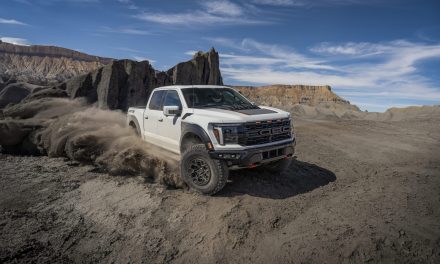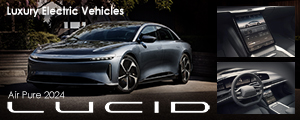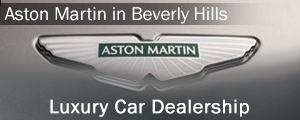Sothebhy’s The Junkyard auction
Los Angeles is considered the center of car culture. It’s unsurprising that a recent auction of a very private collection captures the heart of the city’s automotive enthusiasts from the 1960s. Rudi Klein, a German immigrant, opened his shop in 1967 and quietly amassed a remarkable collection of automotive treasures in a modest junkyard in the Alameda corridor south of downtown. Mr. Klein had an eye and passion for rare and unique automobiles; Klein’s collection has long been a secret, with only whispers of its existence among certain collectors’ circles. The location of the valuable collection alone would have misguided all of us.
After Klein passed away in 2001, activity at the shop stopped. RM Sotheby’s arranged to “clean” the yard with an unusual approach that intrigued collectors worldwide. The “Junkyard Sale” brought to market Klein’s extraordinary collection of rare and revered automobiles, parts, and memorabilia through a series of auctions. When I visited the yard, I could feel his passion; his most prized cars are genuine pieces of automotive history. The auction allowed bidders to acquire parts and even cars that had disappeared from the market forty years prior.
The story of how Rudi Klein became one of the most prolific car parts collectors is fascinating. Born in Germany, Rudi Klein moved to the U.S. in the 1950s. By the mid-1960s, he had had enough of working for others and decided to open his shop. Operating out of southern Los Angeles, Klein grew a successful business by disassembling specialty cars and collecting rare finds. Over the decades, he amassed a collection of vintage Porsches, Mercedes, Ferraris, Aston Martins, and more. For years, little was known about the scope of his collection, with rumors circulating but remaining unconfirmed. Even after his passing in 2001, his family remained tight-lipped about the contents of the Klein estate.
The auction mainly included bare shells or damaged cars, but some chassis numbers are still quite valuable today. As I walked through the yard, I saw many interesting items. It’s rare to find classic Ferrari transmissions, Porsche engines and carburetors, Gullwing body parts, and complete Maserati powertrains. Many buyers were restoration shops seeking today’s nearly impossible-to-find original equipment.
For enthusiasts, there were genuinely automotive gems hidden under the dust. One of the standout items was a thought-to-be-lost Mercedes-Benz 300SL “ Alloy Body” Gullwing that sold for $9,355,000, among various steering wheels, axles, engines, brakes, and sheet metal in varying degrees of condition. There were boxes full of instrument gauges, shelves of workshop manuals, and NOS piston rings for 1950s cars. Where else would you find a complete engine for a 1972 Lotus, Ferrari Borrani wheels, Nardi steering wheels, or a complete interior for a Maserati?
Even though some cars wouldn’t start, a few lots stood out. These included a 1964 Maserati Sebring 3500 GTi Vignale (sold at $20,000); a 1969 Lamborghini Miura by Bertone (sold for $967,500); a 1939 Maybach SW38 Ponton-Sport Cabriolet by Wendler (sold at $100,800); a one-off 1956 BMW 502 Marburg Coupe by Autenrieth (sold at $58,000); a 1938 Mercedes-Benz 230 Coupe by Baur (sold $36,000); a 1972 Ferrari by Pininfarina (sold $106,000); a 1964 Iso Grifo A3/L Spider Prototype by Bertone (sold $1,875,000); a 1957 Mercedes-Benz 300 SL Roadster with Rudge Competition wheels (sold $1,180,000); a 1962 Porsche 356 B 1600 Twin Griller roadster by D’Ieteren with only 500 miles since new (sold $1,160,000); a 1957 BMW 503 Cabriolet (sold for $156,800); a 1956 Porsche 356 A Carrera 1500 GS/GT Coupe (sold for 885,000); a 1937 Horch 853 Cabriolet (sold at $580,000); a 1939 Horch 855 Special Roadster by Glaser (sold for $3,305,000); and my favorite of the whole collection, the one-off Mercedes-Benz 500 K Special Coupe by Sindelfingen built for Rudolf Caracciola (the first non-Italian winner of the Mille Miglia) that sold for $4,130,000.
Sotheby’s sold every lot and brought millions of dollars in cars and parts. I am sure some of these vehicles will soon hit the market again, restored to preserve the history we had right under our noses in Los Angeles.










































